NASA’s Gateway lunar outpost will address one of the biggest concerns for space travel beyond Earth’s orbit by measuring radiation levels within the spacecraft with a sophisticated collection of radiation detectors.
The radiation-detecting suite of research instruments is planned to launch inside the first module of the multipurpose international outpost, which will be in a highly elliptical seven-day orbit around the Moon. The Gateway will provide vital support for a sustainable, long-term human return to the lunar surface under the Artemis program and serve as a staging point for deep-space exploration, in addition to hosting science and technology demonstrations.
Space radiation is one of the primary concerns for crew health, safety, and mission success during deep space exploration missions, as it poses a considerable health risk to astronauts in space. Scientists hope to develop additional ways of predicting changes in space weather and combatting these potentially detrimental effects to ensure astronauts remain healthy and productive over the long haul with the benefit of more precise measurements about the radiation environment in deep space.
“Flying this science payload on Gateway is a significant step toward enabling researchers and engineers to understand how well spacecraft can protect astronauts when they are living in deep space,” said Dina Contella, manager for Gateway Mission Integration and Utilization.
Once astronauts venture beyond Earth’s protective atmosphere and magnetic fields, they are exposed to high-energy charged particles that can cause adverse health effects, including increased risk of cancers, changes in motor functions and behavior, and degenerative tissue effects. While most astronauts aboard the International Space Station are in space for six months at a time in low-Earth orbit, they are still under the Earth’s protective field reducing their radiation exposure. Radiation impacts on the human body are much greater on a long mission to the Moon or Mars through deep space.
Radiation measurements and data provided by the Internal Dosimeter Array, or IDA, will allow for the study of radiation shielding effects and improve radiation physics models for cancer, cardiovascular, and central nervous system effects, helping assess crew risk on exploration missions.
The IDA is being built by ESA (European Space Agency), with additional science instruments from the Japanese Exploration Space Agency (JAXA), as a collaborative scientific resource for researchers from NASA and the Gateway international partners: ESA, JAXA, and the Canadian Space Agency (CSA).
“It is an incredible opportunity to work with our Gateway international partners to obtain this type of radiation data in the deep space environment,” said Lisa Carnell, NASA scientist in the Biological and Physical Sciences Division and IDA International Partner Project Science Coordinator.
The IDA will be vital in evaluating how well the Gateway module structure shields the interior habitable volume from radiation because it is located inside NASA’s Habitation and Logistics Outpost (HALO) module, which will be the initial crew cabin for astronauts visiting the Gateway. The array will enable direct comparison of the internal and external radiation environments, because similar instrumentation will be part of the European Radiation Sensors Array, or ERSA, which will be mounted to Gateway’s exterior.
“Understanding the effects of the radiation environment is not only critical for awareness of the environment where astronauts will live in the vicinity of the Moon, but it will also provide important data that can be used as NASA prepares for even greater endeavors, like sending the first humans to Mars,” Contella said.

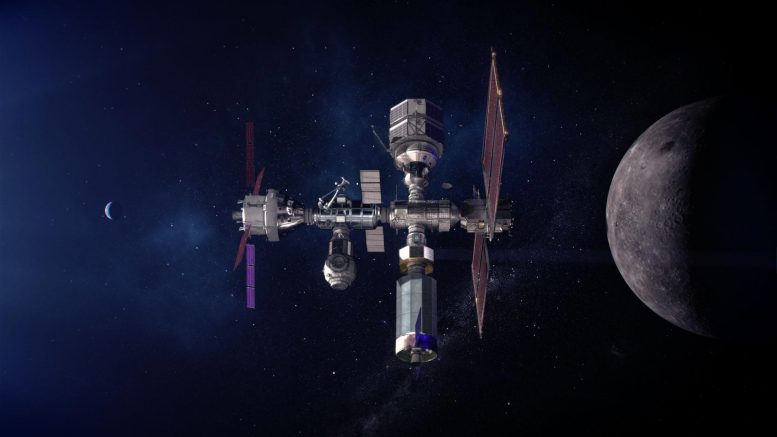
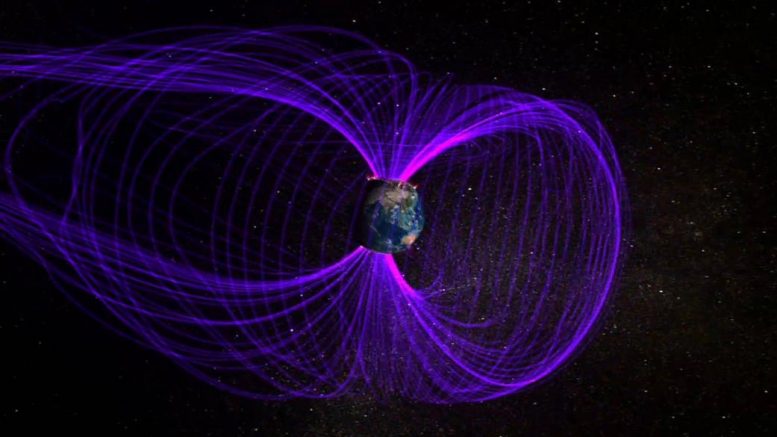

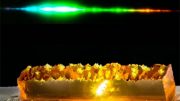

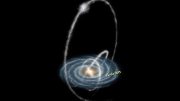

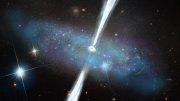


Be the first to comment on "NASA’s Gateway Lunar Outpost to Improve Radiation Detection for Artemis Astronauts"